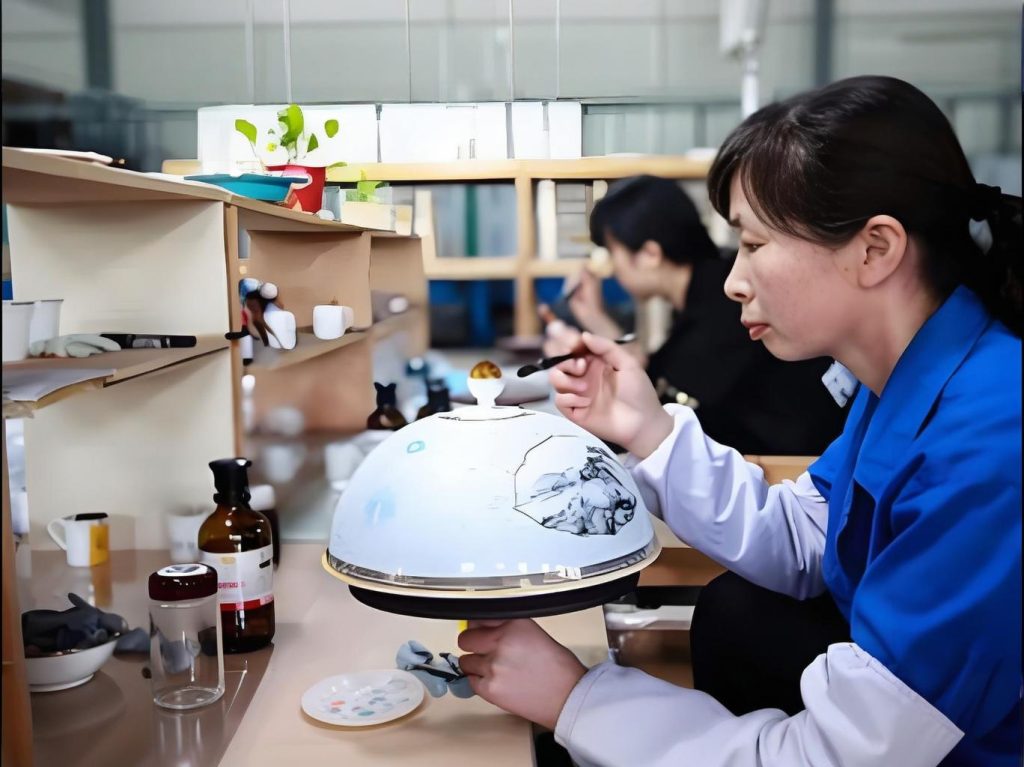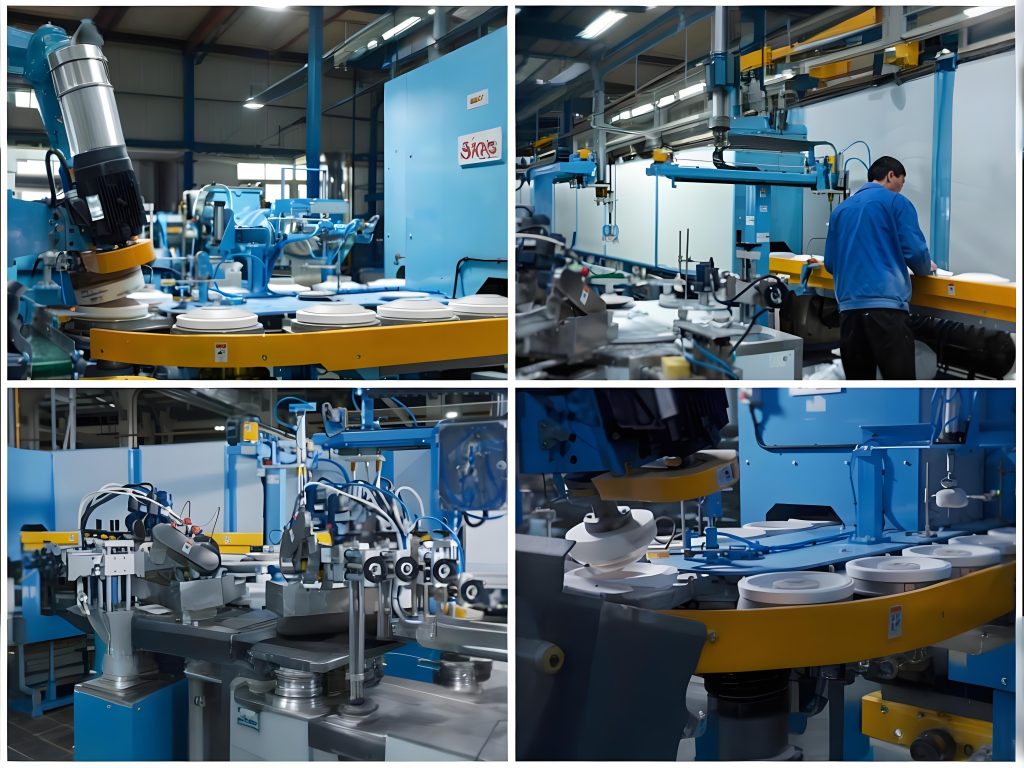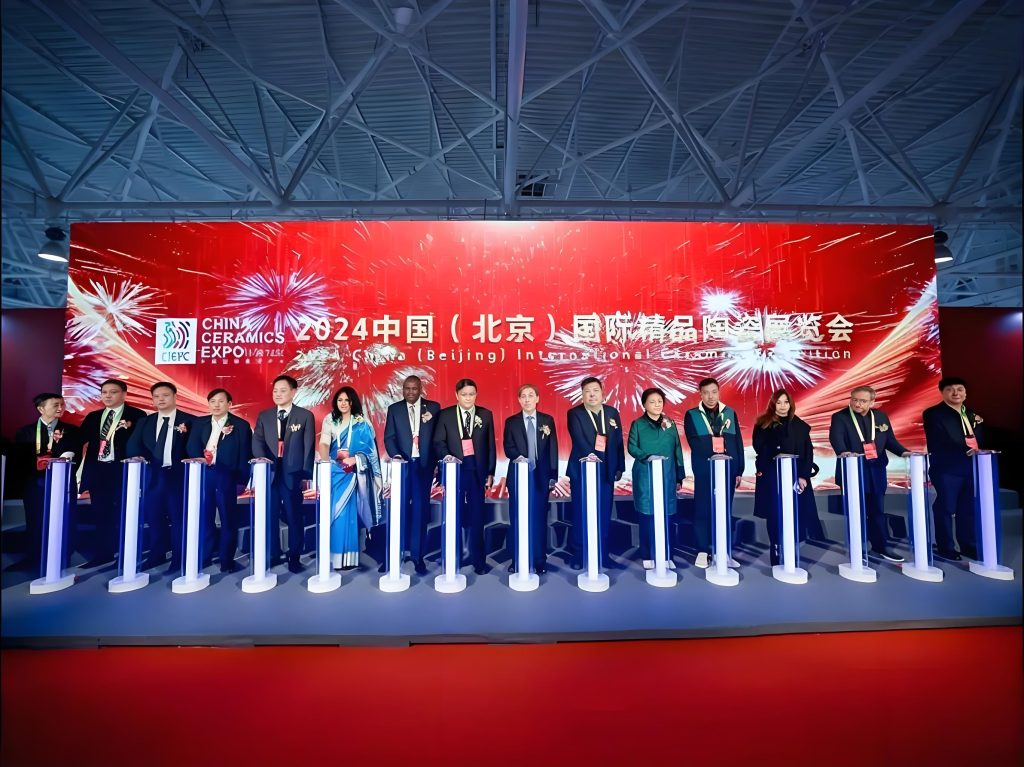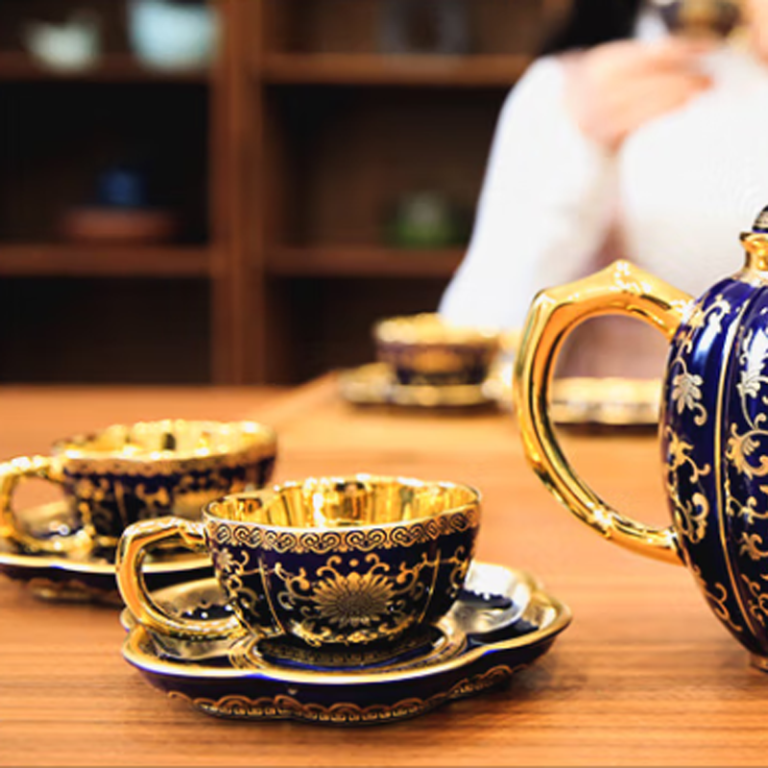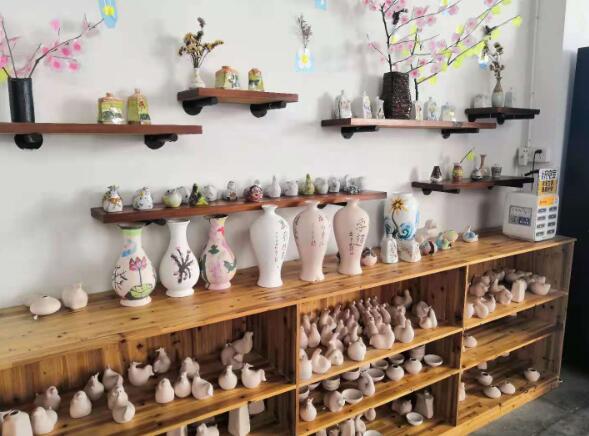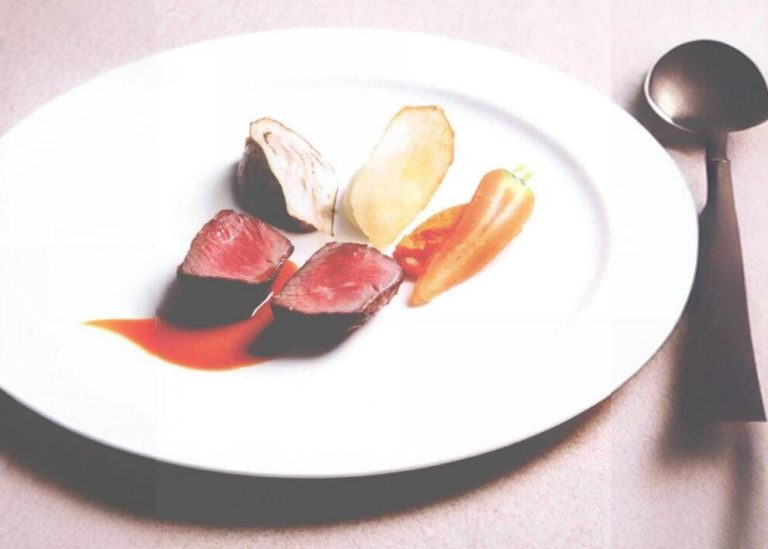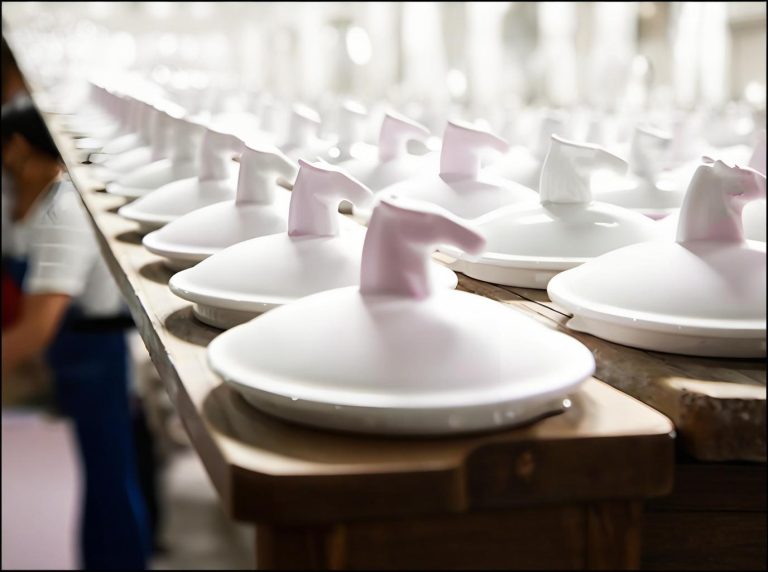Pink Charger Plates: The Secret Star of Table Aesthetics
Ever notice something about those drool-worthy tables on social media?
It’s not fancy dishes. It’s not complex plating skills. It’s that overlooked “base layer” most people ignore—the charger plate. Pink ones? Pure social media gold.
I first spotted these at a friend’s wedding. Ivory tablecloths everywhere. Each place setting had a rose gold pink plate. White dinner plates stacked on top. That elegance transformed an ordinary banquet into fine dining. Later I learned that big plate was a charger plate. Tableware manufacturers now make entire product lines around them.
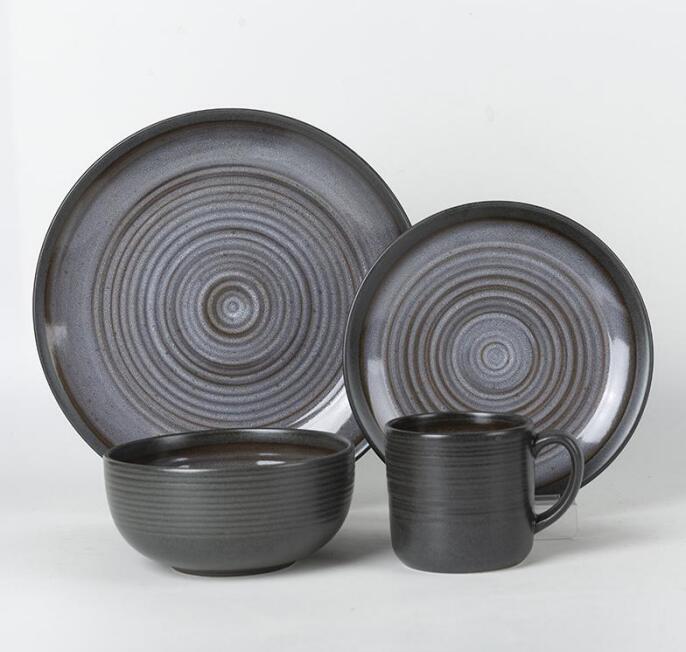
Why Pink Charger Plates Suddenly Blew Up
Social Media Made It Happen
On Reddit’s r/Weddingplanning, posts about pink charger plates easily hit thousands of upvotes. One bride shared:
“I had a tight budget. Planned to skip charger plates. Mom insisted they were essential for photos. Reluctantly bought pink ones. Wedding photos came back and everyone asked about our table setup. These $20 plates were probably my best investment.”
Notice the logic? Not about dining experience. About photo appeal. Very on-brand for today’s consumer mindset.
A Quora interior designer put it bluntly: “Pink is the only color that pleases both millennials and Gen Z. It has vintage vibes (think 1950s pink kitchens) and modern appeal (rose gold trend). On tables, it’s not aggressive like red or boring like white.”
More Than Color, It’s Atmosphere
I initially dismissed these as decorative plates. Why all the fuss? Then I discovered tableware manufacturers actually think through tons of details.
Take pink shade selection:
- Pearl pink: Silver shimmer, formal occasions
- Matte blush: Soft and subtle, everyday friendly
- Rose gold pink: Between pink and gold, most versatile
Material matters too. A restaurant owner on Reddit shared his mistake: “Bought cheap plastic pink charger plates first. Under lights, our dining room looked like a kid’s birthday party. Switched to glass material. Same color, totally different vibe. Customers thought we upgraded to premium tableware.”
This reminds me of good design philosophy: notice the overall effect, not individual pieces. Pink charger plates nail this—eye-catching without stealing the show.
Real Uses: Beyond Weddings
The Ritual Creator for Family Dinners
On r/HomeDecorating, a mom shared her “Sunday dinner makeover”:
“Sunday family dinners used to be basic. Everyone scattered after eating. Then I bought six pink glass charger plates. Set them out before meals with some greenery. Magically, kids started helping with table setting. My husband stopped checking his phone while eating. This small change made Sunday dinner our most anticipated moment.”
Top comment there: “Ritual isn’t formalism. It tells family ‘I value our time together.’”
True that. A $20 pink plate won’t buy love. But it creates space for connection.
Business Settings’ Hidden Marketing Tool
A Quora event planner shared a case study:
They handled catering setup for a women entrepreneur summit. Limited budget but client demanded “Instagram-worthy.” Final solution: white tablecloths plus pink charger plates plus simple greenery centerpieces. Cost under $50 per table. Social media impact exploded. Event hashtag views exceeded projections by 300%.
Client later said: “Attendees’ table photos naturally conveyed our brand identity—feminine, elegant, modern. More effective than paid advertising.”
Basically, pink charger plates here weren’t tableware. They were “shareable visual symbols.”
Buying Guide: Avoid These Traps
Reddit and Quora have plenty of charger plate complaints. Main issues come down to these:
Material Confusion
- Plastic: Cheap ($5-10 each) but looks it, one-time use or kids’ parties only
- Glass: Mid-range ($15-25), nice quality but fragile, careful storage needed
- Ceramic: Pricey ($30-50), substantial weight, frequent use friendly
- Metal (stainless steel/aluminum): Durable but scratches easily, pink coating may chip
A product manager from a tableware manufacturer advised on Quora: “Occasional use (weddings, holidays)? Glass offers best value. Restaurant or frequent home use? Spend more on ceramic. Over five years, it’s actually cheaper.”
Hidden Size Trap
Standard charger plates measure 12-14 inches (30-35cm) diameter. Many buyers find theirs too big or small.
One Reddit post was hilarious: “Bought 14-inch pink charger plates. Discovered my dining table was too small. Plate edges hung off the sides. Now these six plates are my most expensive wall decorations…”
Rule of thumb:
- Table width < 90cm → choose 12 inches
- Table width 90-120cm → choose 13 inches
- Table width > 120cm → choose 14 inches
The “True Color” Problem
Biggest online shopping pitfall. Gentle “blush pink” on screen arrives as “Barbie pink” or “dated mauve.”
A Quora designer suggested: “If possible, buy one to test color. Or choose products from major tableware manufacturers. They usually provide color cards or actual photos. Cheap stuff has 40% color error rate.”
Styling Secrets: Keep Pink From Flopping
Safe Combos (Beginner Friendly)
- Pink + white: Never fails, add gold utensils for polish
- Pink + gray: Modern feel, minimalist tables
- Pink + green: Plants or green napkins balance sweetness
Advanced Play (For Veterans)
A professional table stylist on Reddit shared her “pink advancement formula”:
“Pink charger plate plus dark main plate (navy blue/forest green) plus metallic utensils equals serious sophistication. Key is creating contrast. Make pink the ‘finishing touch’ not the ‘star.’”
She mentioned a counterintuitive trick: “If pink feels too sweet, don’t reduce pink elements. Add dark colors or black. All pink plus white is very sweet. But pink plus black is actually cool.”
I tried “pink charger plate plus black dinner plate plus silver utensils” once. Friends were shocked: “Never thought pink could be this edgy.”
Fun Fact: Charger Plates Through History
A Quora historian explained charger plates originated in medieval Europe. Called “trenchers” then. Made from wood or bread. Actually used to “catch” food (nobles ate messily, juices splattered everywhere).
By the 19th century, silverware manufacturing boomed. Charger plates became silver and purely decorative. They symbolized wealth. Modern versions from today’s tableware manufacturers essentially restore that “ritual feel.”
Pink versions are a recent trend. A materials scientist noted: “Making pink glass or ceramic used to be hard. Color was unstable or costs were high. Recent glaze technology breakthroughs made affordable pink tableware possible.”
So your $20 pink charger plate from IKEA or Amazon? Behind it lies materials science progress. Think about it—our aesthetic freedom depends somewhat on industrial technology development.

Final Thoughts
Writing this made me realize something. Pink charger plates’ popularity reflects a lifestyle attitude shift.
They’re not necessary. You can put dinner plates straight on the table. Food tastes the same. But their existence says: “I’ll add ritual to daily life, even for ordinary dinners.”
That mindset matters more than pink plates themselves.
One last question: If you chose a charger plate color to represent yourself, what would it be? Why?
Practical Checklist (Screenshot This):
✅ First purchase: glass material, 12-13 inches
✅ Color: matte or pearl finish, avoid high saturation
✅ Budget allowing: prioritize known tableware manufacturer brands
✅ Styling rule: pink shouldn’t exceed 30% of table’s visual space
✅ Storage: place paper towels between plates to prevent scratches
✅ No dishwasher (especially metal-coated versions)
If you have any questions or need to custom dinnerware service, please contact our Email:info@gcporcelain.com for the most thoughtful support!

